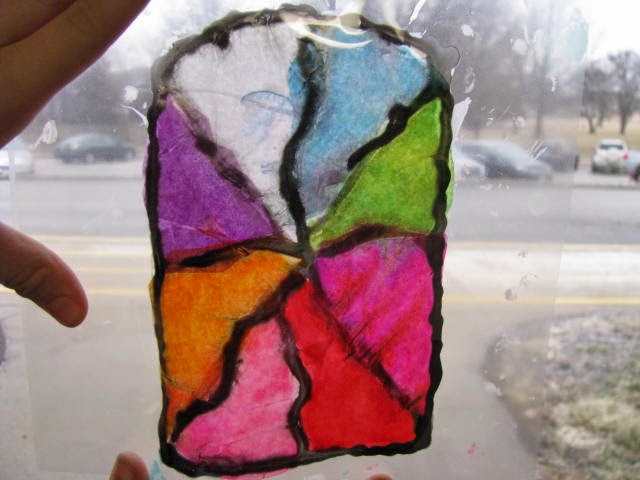 |
| It's such an amazing drawing! |
 |
| Giant fish with scales. |
 |
| I love this flamingo. |
The next time they came we reviewed warm and cool colors and outlined our animals with marker:
 |
| Just starting out with cool colors. |
 |
| Just starting out with warm colors. |
 |
| This is a parrot, by the way, surrounded with cool colors. |
 |
| A turtle with warm colors. Not so sure he really got the texture concept, but we'll re-visit it again. |
 |
| Mr. Yak with his warm colors. We may do another half art period on these for finishing touches. |
There were some tears (the weather's wild here, and it was crazy town today with student behaviors) "I'm not finished!!!" "I wanna take mine home NOW!" The work is so great I'm willing to stand through the random crying and bask in the greatness of it all.
































